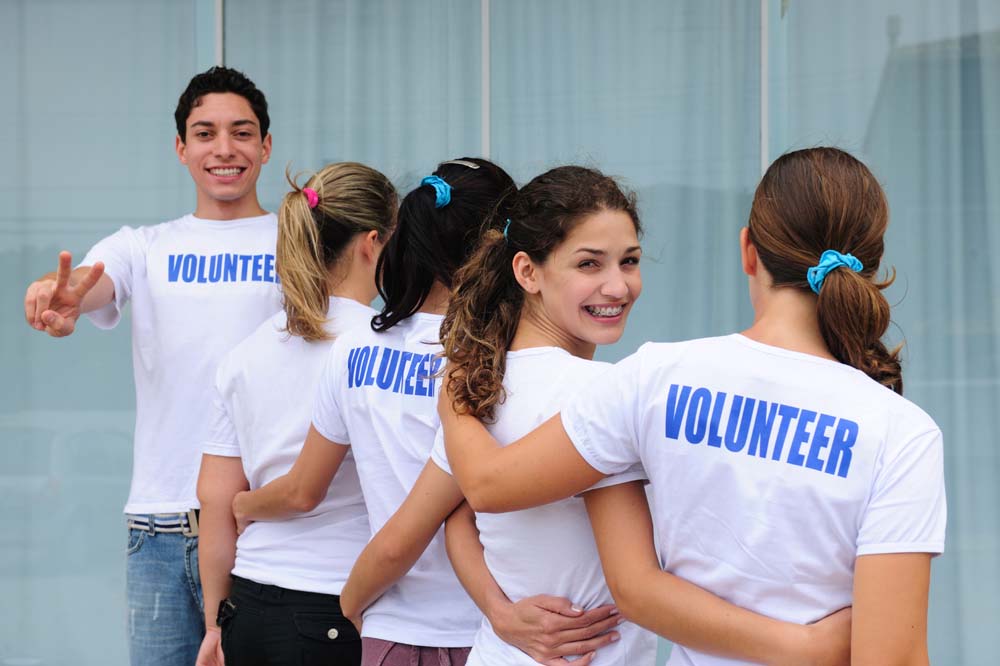Today’s post was written by Lori Morrow, a Bright Horizons employee, mom to a grown daughter and aunt to four nephews.
As parents, we know how quickly children can outgrow clothing, including necessary seasonal items such as coats, boots and hats. How many times have you realized your child was wearing a perfectly good item that no longer fit? (If you are my mother, you may not wait for the item to be outgrown… when I was 12, a prized hand-me-down Rolling Stones “lips” logo t-shirt mysteriously disappeared from the laundry. My mother still claims — decades later — that she has no idea what could have happened to that t-shirt that she hated so, so much.)
On a recent trip to volunteer at Cradles to Crayons, a local charitable organization, I was assigned to a team that checked each donated item for stains, rips and/or to determine if they were inappropriate or too worn. I learned just how quickly the “reject” bin fills up -- and how many times we filled that large receptacle in a two-hour session. I’m sure that at times, items are donated by parents who may look at a dress with memories of how their little girl looked in it, and not with a critical eye that shows that it’s seen better days. With this in mind, I’ve compiled a list of tips for donating children's clothes.
TIPS FOR DONATING CHILDREN'S CLOTHES:
- Consider quality: Double-check to make sure there are no stains or rips, and that the item is washed. Stand by a window and use natural light to help detect stains on lighter clothes. Prime spots for hidden stains are cuffs and collars.
- Make donations with dignity: If you wouldn’t hand it down to a friend because it seems too worn, don’t donate it. It will end up being sorted into that reject bin and turned into a rag.
- Is it appropriate? Is the item appropriate for a child in crisis? Is that graphic on the t-shirt too violent? Does it have a slogan that may seem innocent but may not be right for a crisis situation? Does the item reference family members that may be absent? (As it was not always possible to know the specifics of a child-in-need’s situation, items with “Best Mom” or “Daddy’s Girl” were sent to the recycle bin, as were religious/holiday items. And yes, I’m guessing I would have tossed that t-shirt with classic rock logo.)
- Fix, repair or toss: If it is missing buttons or snaps — yes, you guessed it. It’s a no-go. There are no facilities to repair items at most organizations.
- Pair items: If you have an outfit that has a matching piece, try to attach them safely. We often found bloomers that were meant to go under a dress, or single shoes that had lost their counterpart. When you are sorting hundreds of items that have all been tossed in large 6-foot bins, things get jumbled. Just don’t use anything sharp, like pins. Rubber bands or ribbon to tie the pieces together can help. One ingenious donator attached the bloomers to an adorable dress by placing it in between the snaps on the dress.
- Keep guidelines in mind: Check what your specific charity will accept. It takes hundreds of volunteer hours to sort through the items. Don’t burden them with items they can’t use.
- Shop the sales: I had a bit of an a-ha moment when I saw price tags on a few of the donations. I realized that some savvy shoppers had scooped up deals at the sale section of Old Navy and Target and were able to donate brand-new, heavily-discounted items that were still very usable and fashionable. Inspired, one of my coworkers and I walked over to the mall next door to our offices and found Gap sweatshirts marked down to $8 with an additional 20% off, and polo shirts marked down to $3! This is a great way to pick up items such as socks and underwear, too.
- Involve your children: Have children help choose items to donate in order foster a sense of community, empathy and sharing. If children are allowed to volunteer at your local organization, spend a morning working together as a family to assist others in need.
Hopefully, these tips will help — and inspire — you to sort through your closets for donations. The amount of clothing and items in the warehouse was amazing to see, but as our C2C volunteer leaders reminded us, the need is ongoing and they can only serve a fraction of the children in need. Many of the children are homeless or in crisis. For a child who may land at a shelter with a parent who had to escape a domestic issue with no time to plan, receiving a bundle of clothing is a big deal, and one that helps them concentrate on more pressing needs.
Have any other tips or experiences at your local donation center to share?





